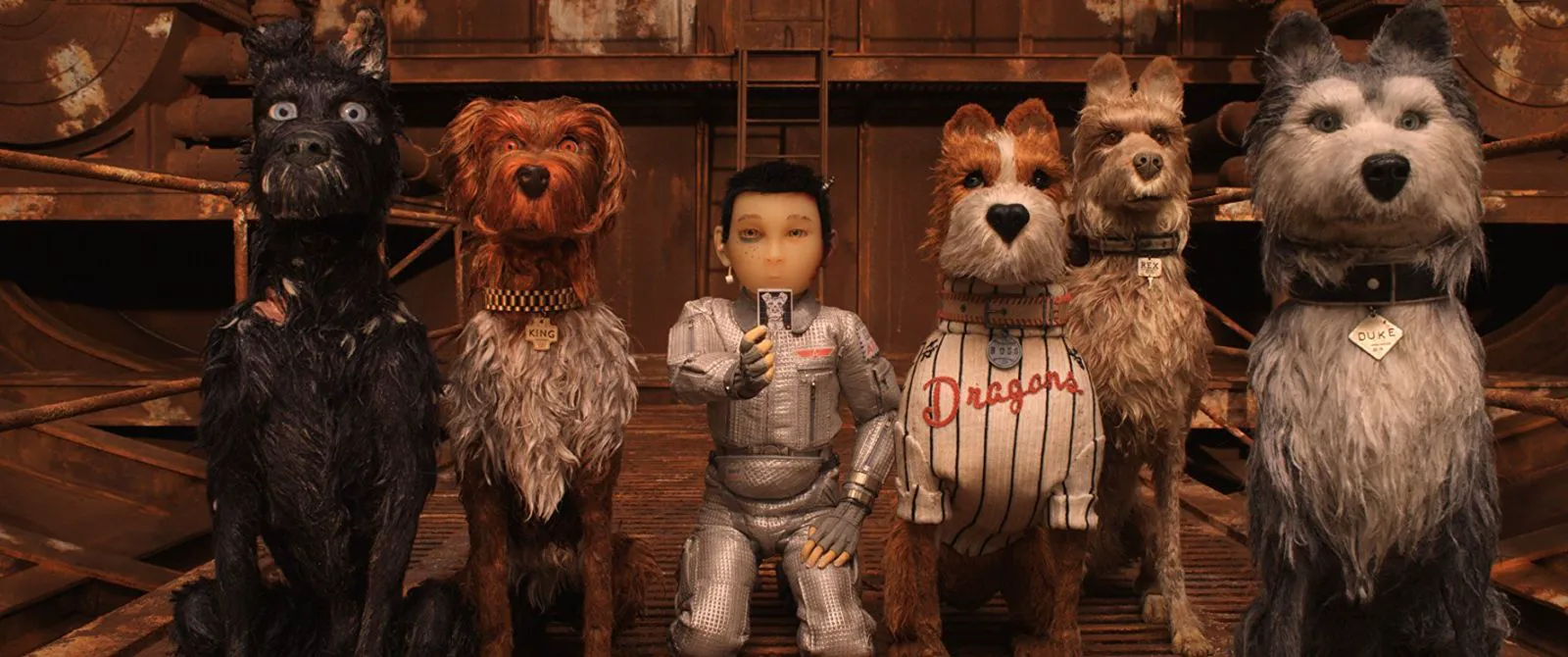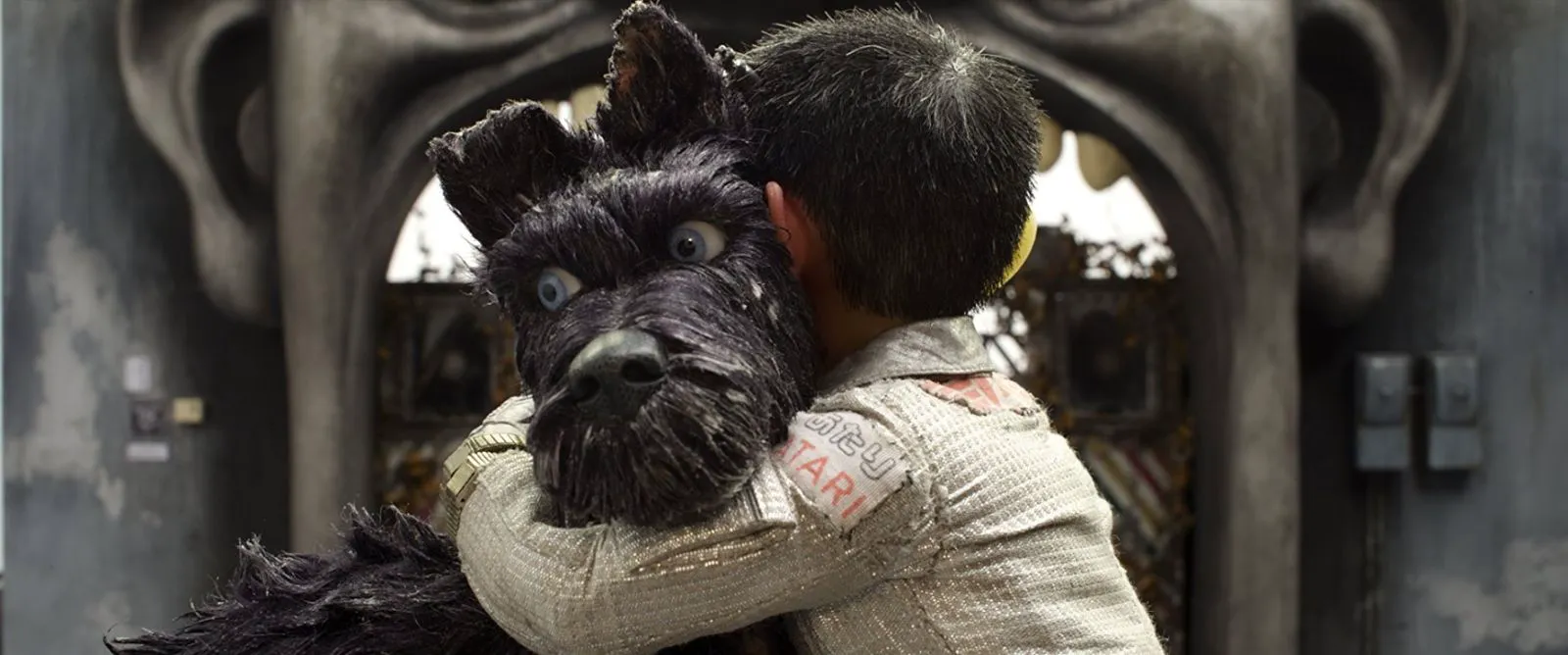Isle of Dogs: A Stylish but Soulless Animated Adventure
Wes Anderson’s eccentric stop-motion film is long on irony and style, but short on heart and sincerity.
In the Japanese city of Megasaki, Mayor Kobayashi, a descendant of an ancient dog-hating clan, seizes power. Exploiting his position, he orders the capture and exile of all dogs to an island used as a municipal garbage dump. The first dog to be seized is Spots, the bodyguard of young Ataru, a distant relative and ward of the mayor. Six months later, with no dogs left in Megasaki, Ataru runs away from home and flies a small plane to the garbage island to find and bring back Spots. As the boy makes new canine friends and searches for his dog, an American exchange student named Tracy launches a journalistic investigation, uncovering Kobayashi’s conspiracy against dogs and his political rivals.

The voice cast of the film includes four Oscar winners and seven more nominees.
While Russians may be the world’s biggest cat lovers, the United States ranks third in cat ownership, after Russia and Ukraine. With 43% of Americans owning at least one cat, one might expect Hollywood to portray these animals with the same affection as dogs. Yet, the medieval association of cats and cat lovers with evil forces persists, even in films far from “banal mainstream.”

“Isle of Dogs” sadly confirms this. Wes Anderson’s second stop-motion film, following “Fantastic Mr. Fox,” unequivocally contrasts virtuous dog love with a sinister fondness for cats. While Ataru and Tracy fearlessly risk their lives for their canine companions, Mayor Kobayashi leads a secret conspiracy of “powerful figures,” each member of the cabal owning a Felis catus. These villains are so ruthless that they first subject dogs to agonizing exile and then plan their complete extermination in the worst of Hitlerian traditions. What did the dogs do to them? Nothing. But you know how these cat lovers are… They can’t live without plotting genocide! Although Hitler, as we know, had a German Shepherd, not a Persian.

Style Over Substance?
However, it’s hard to take “Isle of Dogs” seriously. Anderson is renowned for creating ironic, “hipster” narratives, and “Isle” is his coldest and most detached sardonic film, evoking no emotions other than occasional chuckles, admiration for the puppet dogs, and awe at how consistently Anderson pursues his artistic vision.

The dog fur on the film’s puppets is simulated using alpaca wool, from a South American ungulate with a soft, long fleece.
Formalism and quirkiness abound in “Isle.” From the characters almost always speaking face-on to the audience, staring at us with their puppet eyes, to the dogs speaking American English while the Japanese characters speak pure Japanese, sometimes but not always accompanied by translation. This puts non-Japanese viewers in the position of the dogs, who can only guess what their owners are saying when they lecture them. There’s a point to this authorial move, but in our opinion, Anderson shouldn’t have used a real language as the incomprehensible one, as it’s known or native to some viewers.

Cultural Sensitivity?
In general, an American creating such a film about modern Japan is a questionable decision, as the film portrays the Land of the Rising Sun without much respect. The film throws together all Japanese clichés (sumo, sakura, samurai, haiku, taiko drums…) and depicts Megasaki as a totalitarian metropolis where the authorities can easily brainwash residents and seize pets without any resistance. This is very offensive, considering that the Japanese not only love dogs but also deify them. Of course, it’s not our place to determine how “Isle” is offensive to Japan. But it’s hard not to be offended for our eastern neighbors.
Final Verdict
Overall, the film is quite ambiguous. On the one hand, it’s an artistically rich and visually inventive work in Anderson’s signature style, which has many fans. On the other hand, the film is too formal to be engaging, and it’s far from Anderson’s funniest comedy. “Fantastic Mr. Fox” was much more soulful and fun, and it felt like an animated film, not a full-length stylistic experiment. Also, it didn’t offend a country on which America dropped two atomic bombs and where the U.S. still keeps its troops. Therefore, we can’t give “Isle of Dogs” a rating higher than a “C,” but we understand those Anderson fans who rated the film much higher.